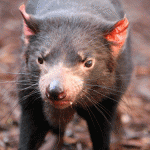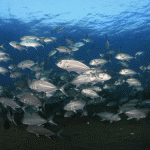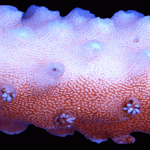
There are many projects aiming to replenish or broaden the gene pool of wild animal populations that are under threat.
Few are more vital to survival than efforts to save the Tasmanian devil. Since the mid-1990s, devils have been facing a deadly facial tumour disease that spreads rapidly and has caused a sharp decline in populations.
In 2012-2013 scientists and conservationists translocated a disease-free group of 28 devils to Maria Island off the east coast of Tasmania. The aim was to create a self-sustaining group that could serve as a back-up population.
Over the next four years, the devil population on Maria Island grew rapidly, reaching around 100 individuals, the predicted carrying capacity for the island.
So far so good. But new studies headed by Dr Vincent Scoleri from the University of Tasmania have revealed devastating consequences for the island’s brush-tail possum population. The introduction and rapid rise of the devils, a top predator, has dramatically reduced the survival and abundance of possums, less so in forested areas, but greatly in grassland areas.
Yet that’s not all bad news, according to the scientists. The possums themselves arrived on Maria Island only in the 1950s, and have spread to new habitats such as the grasslands, where they became omnivorous by preying on shearwater adults and chicks in breeding colonies.
The scientists note that restoration of native top predators in such ecosystems could be a beneficial management tool when other prey species have become overdominant from a lack of predation.






